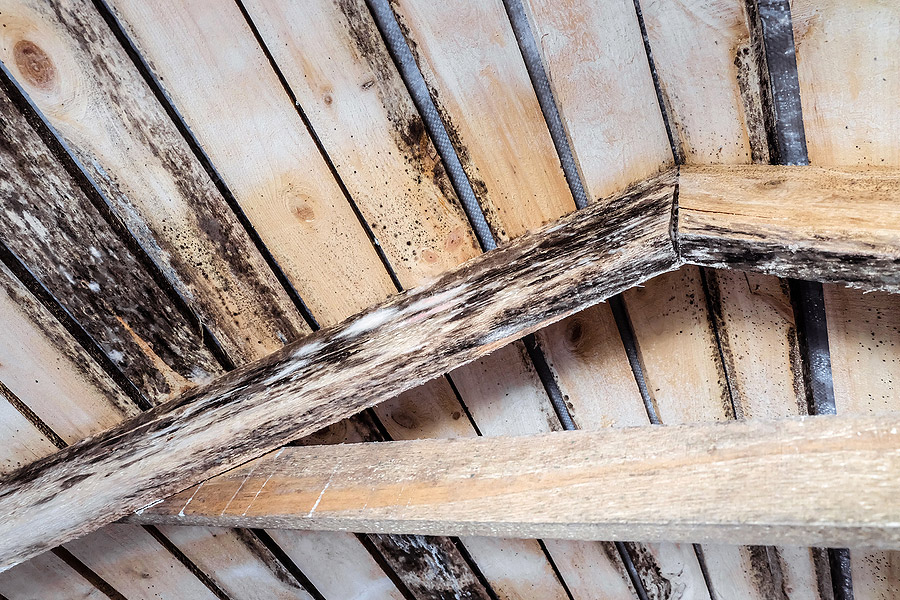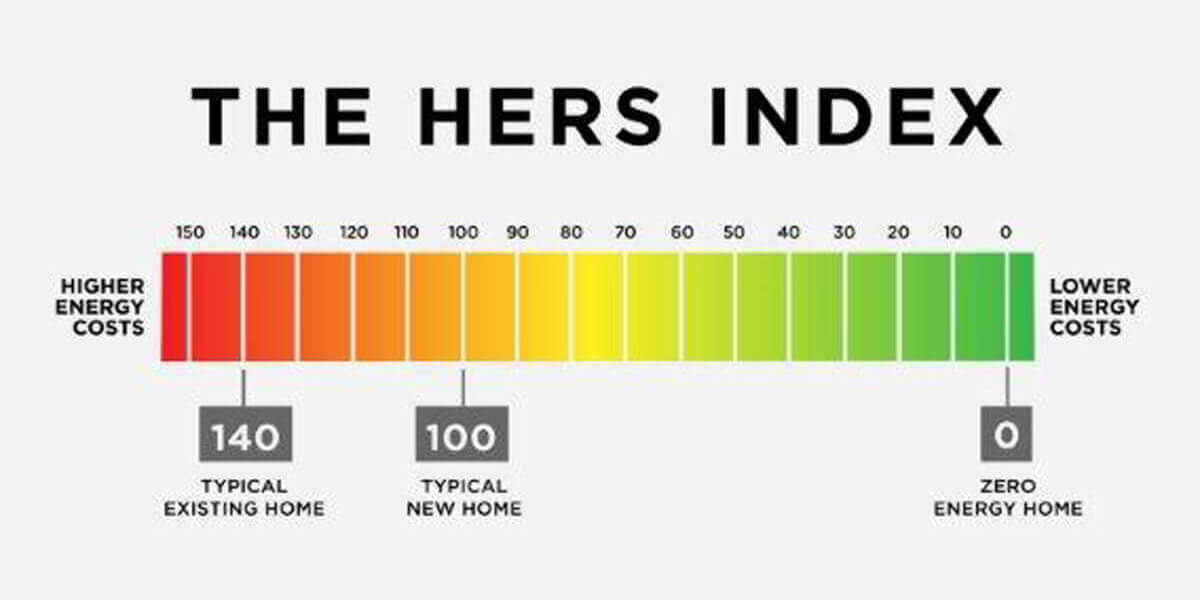When you have a combination of 90 degrees and even just 58-65% relative humidity, it can become very uncomfortable in your home environment. Over 60% humidity and it’s getting oppressive.
While your air conditioning may be helping to make the inside of your home more comfortable, it cannot counteract what humidity can be doing in various areas of your home, such as your attic, basement, in your walls and other spaces that may or may not be air conditioned. These are the areas where you would typically have your home’s insulation. Depending on the type of insulation you have, moisture caused by condensation can collect when there is excessive or prolonged humidity like what we’re experiencing this summer. And, as we all know, moisture breeds mold and bacteria.
Combating Moisture in Your Home
Cellulose insulation, which is the type of insulation we use, is hygroscopic, which means the cellulose fibers have the unique ability to manage moisture. In line with the second law of thermodynamics, cellulose allows any moisture that collects to do what it does naturally — move from more to less — and spread out and seek dry material rather than pool as it does with fiberglass insulation. Its hygroscopic nature allows cellulose to naturally dry itself out, working just like a paper towel does by absorbing any moisture and then drying out.
Fiberglass is air-permeable; in other words, air moves through it very easily due to free convection, which is why it’s used in air filter applications. And, as we all know, air is the primary transportation agent of moisture, so moisture moves along with the air through the fiberglass.
Cellulose doesn’t have to contend with a lot of moisture to begin with because it doesn’t allow air movement.
So, on top of helping the air conditioned space in your home with staying cool and dry, cellulose insulation helps your attic and other areas that are not air conditioned with resisting moisture build-up.
Learn more about how our insulation keeps you cool and dry in the summer (as well as warm in the winter)!
Cool Fact
Cellulose insulation is made from recycled newspaper, therefore it is a natural product! It’s not only greener, but also healthier!
Hot Tip
By dense-packing cellulose insulation in your home’s attic, you can not only seal off the movement of air, but also create a thermal boundary that keeps the heat inside in the winter and outside in the summer. By reducing the heat load inside your home, your air conditioning will run less frequently, saving you significant energy costs, and the comfort level across your home will improve .

















